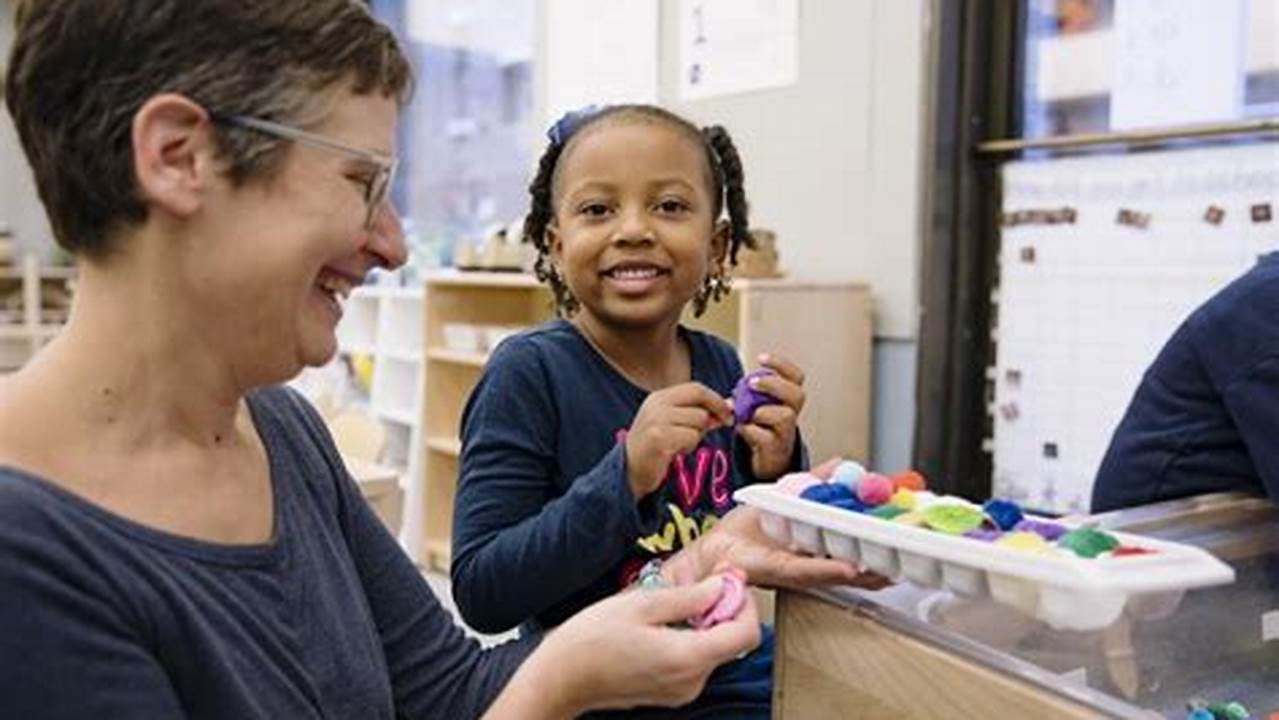The Bank Street Approach is a developmental, constructivist approach to education that emphasizes children’s learning through active exploration, social interaction, and meaningful experiences. It focuses on the whole child, considering their social, emotional, physical, and cognitive development. This child-centered approach encourages teachers to be facilitators of learning, observing children’s interests and creating opportunities for them to discover and construct knowledge independently and collaboratively.
Key Aspects of a Developmental-Interaction Approach
Learning is viewed as an active process where children construct their understanding of the world.
Importance of Play
Play is considered essential for children’s development and learning, providing opportunities for them to explore, experiment, and problem-solve.
Social-Emotional Development
A strong emphasis is placed on fostering children’s social-emotional growth, including developing empathy, cooperation, and self-regulation skills.
Collaborative Learning
Children are encouraged to work together, share ideas, and learn from each other.
Teacher as Facilitator
Educators act as guides and facilitators, observing children, providing support, and creating stimulating learning environments.
Integrated Curriculum
Learning experiences are often integrated across different subject areas, connecting learning to real-world contexts.
Authentic Assessment
Assessment focuses on observing children’s progress and understanding their learning through various methods, including portfolios and anecdotal records.
Parent Involvement
Collaboration between parents and teachers is valued as essential for supporting children’s learning and development.
Developmentally Appropriate Practices
Curriculum and teaching practices are tailored to meet the specific developmental needs and interests of each child.
Tips for Implementing a Developmental-Interaction Approach
Create a stimulating learning environment: Provide a variety of materials and resources that encourage exploration and discovery.
Observe and respond to children’s interests: Plan activities and projects based on what children are curious about.
Encourage collaboration and communication: Facilitate opportunities for children to work together and share their ideas.
Provide opportunities for play-based learning: Incorporate play into the curriculum to support children’s social, emotional, and cognitive development.
Frequently Asked Questions
How does this approach differ from traditional teaching methods?
It shifts the focus from rote memorization and teacher-directed instruction to active learning, exploration, and child-centered experiences.
What are the benefits for children?
This approach can foster critical thinking, problem-solving skills, creativity, social-emotional intelligence, and a lifelong love of learning.
How can parents support this approach at home?
Parents can create opportunities for play, encourage exploration and curiosity, and engage in conversations with their children about their learning.
What is the role of assessment in this approach?
Assessment is used to understand children’s individual progress, strengths, and areas for growth, informing instruction and supporting their development.
By embracing the principles of child development and creating rich, engaging learning experiences, educators can empower children to become confident, capable learners and well-rounded individuals.



